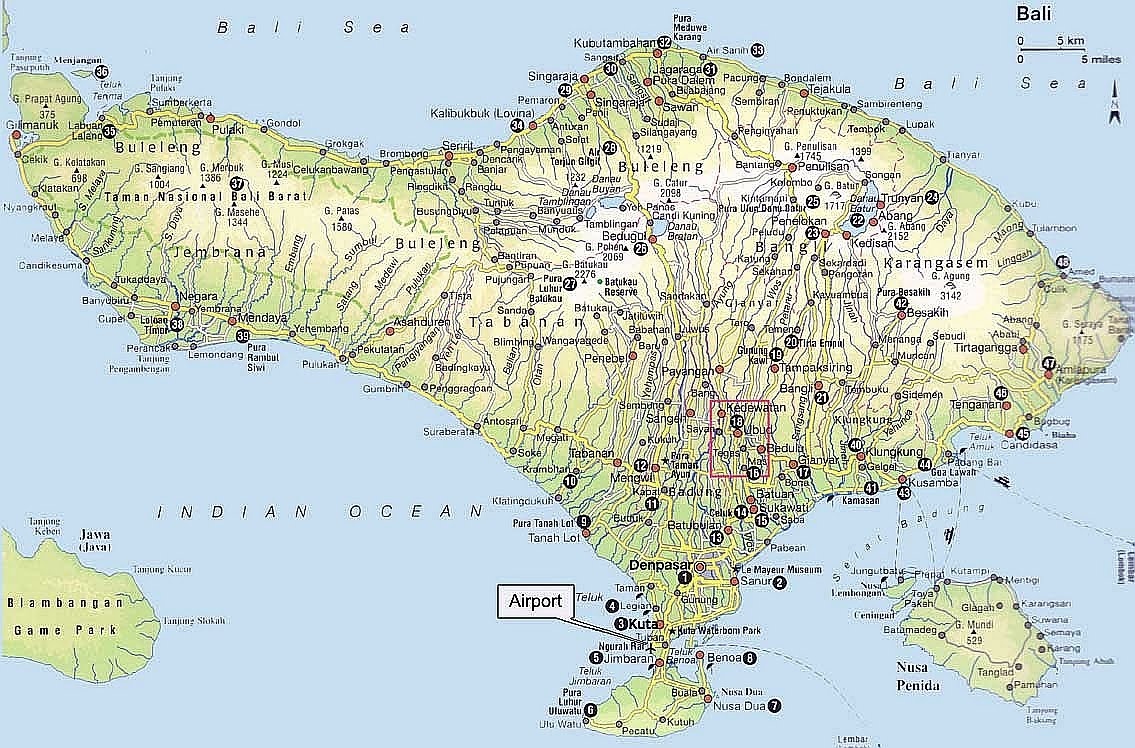| No Images? Click here HuffPost obtained autopsies for each of the 58 victims of the Las Vegas mass shooting. The reports, released by the Clark County, Nevada, coroner’s office earlier this month, offer a raw account of the power of civilian weaponry and the damage it inflicts on human bodies.They describe catastrophic injuries, most the result of single rounds striking from a range of nearly 500 yards ― details of carnage that we tend to shy away from in media coverage. But maybe we don’t deserve the privilege of that comfort.That's what HuffPost reporters Nick Wing and Matt Ferner were thinking when they read each and every autopsy report and wrote about what they found. Nick Wing talked to us about the story.What was the seed for this story?Matt and I had been thinking about this story since news of the shooting broke in October. I'd initially wanted to get ahold of a trauma surgeon who'd treated some of the victims to get their take on the sorts of injuries they were seeing and the extent of the devastation. But HIPAA laws are very strict and they were obviously busy trying to save lives.The videos and eyewitness accounts streaming out of Las Vegas were absolutely terrifying, and I presumed the reality of what had taken place was far worse than we could have imagined. This Highline story, on a Philadelphia trauma surgeon who treats mostly handgun injuries, was pretty eye-opening. It's a reminder that gun violence isn't just a tragic event that steals people's lives, it's also incredibly brutal and painful, and leaves lots of the people lucky enough to survive with lifelong physical and psychological trauma. Matt and I spent the larger part of a week poring over the reports and preparing our story. We’d planned to publish it on Wednesday, before the latest mass shooting in Florida. But then the shooting happened and as morbid as it seemed, the timing felt even more of the moment. What was the hardest thing about reporting, writing or editing this piece?Death is never an easy topic to cover, but taking a close look at these cases was especially hard. Each of the 58 autopsies describes a real human being -- a person who was living and breathing and probably having a great time when they were shot and killed. That alone is hard enough to swallow, not to mention the small little details included in the reports, notes about tattoos or scars, which added to the humanity of these individuals who suffered such horrible ends. After reading over each of these, we had to go back and distill the graphic nature of their deaths. It all made it feel very real. And of course, for these poor people, it was real.What did you expect to find? What surprised you?I've read a little about battlefield injuries and the things weapons of war do to human bodies, so I'd expected these reports to be pretty gruesome. But I don't know if I was totally prepared for just how devastating these injuries were. As we mention in the story, one bullet -- fired from about a quarter-mile away -- was traveling fast enough to pass through one victim's arm two separate times, and then still had enough momentum to penetrate her chest and drive all the way into her lower back. That just blows my mind. She never had a chance.Did you learn anything that might be useful to other writers or reporters?Unless you really know a lot about guns, don't write about them without asking for help. I've been to the range before, but I have only cursory knowledge about the mechanics of firearms and ballistics. My source, Arthur Alphin, on the other hand, has spent his entire life around guns and has seen more death and destruction than I want to imagine. I'm sure we don't see eye to eye on a lot of the political issues surrounding guns, but we were able to find agreement in facts -- the raw physics that make these guns so powerful.I think a lot of pro-gun people are turned off by mainstream media stories about gun violence because there can be a tendency to cover this issue emotionally, without taking the time to learn enough about guns to write about them accurately and in detail. If we're ever going to find middle ground on this issue, I think people on both sides are going to need to do more learning and listening. Doing so doesn't mean you have to change your fundamental position on guns, whatever they are, but it will allow you to defend, explain and expand upon those beliefs from a stronger position.What do you think readers should take away from this story?I've had smart, well-intentioned people tell me that they've given up on the issue of mass shootings. They've been beaten into the reluctant resignation that there's nothing we can do about them, either because of the complete paralysis of our lawmakers, or because there are so many guns already out there that the bloodshed can't be slowed. I don't fault them for that thinking, and if the recent past is any indication, there's certainly plenty of justification for it. But to normalize these incidents and accept them as unavoidable features of American life isn't just sad, it's horrifying, and I think this story demonstrates in graphic detail just how horrifying it is.Beyond all of that, Las Vegas is particularly terrifying to me. Not only does it demonstrate just how bad shootings can get, it reminds that they can always worse. And if we do nothing about the issue even in the face of an incident like this, it seems almost inevitable that they will get worse. That should scare and upset us. And if we're not going to do anything about it, even though we know all of this, we should at least be forced to stare into the face of this brutality before we sentence additional people to it.Love, |
skip to main
|
skip to left sidebar
skip to right sidebar
Black as the devil, Hot as hell, Pure as an angel, Sweet as love.
Travel to Indonesia
Contact Our Team:
Raja Kelana Adventures Indonesia
Raja Kelana Adventures Indonesia
Email: putrantos2022@gmail.com
Facebook Messenger: https://www.facebook.com/putranto.sangkoyo
Our Partner
Blog Archive
-
▼
2018
(486)
-
▼
February
(36)
- Wednesday Morning Briefing: Kushner’s push from th...
- Coffee in Back of the Yards + An Ergonomic Mug
- Tuesday Morning Briefing: Comcast's Sky bid spoils...
- Monday Morning Briefing: Manafort's L.A. bankruptc...
- What happened to Norma's brain?
- Queen Elizabeth II and Anna Wintour make quite a pair
- Friday Morning Briefing: NRA chief slams anti-gun ...
- Thursday Morning Briefing: Marjory Stoneman Dougla...
- Overhead in Sustainability + Mechanical Parchment ...
- Wednesday Morning Briefing: Florida rallies for ba...
- Clive's New Brew Brand + Varieties Catalog Expands
- Tuesday Morning Briefing: Florida school staff to ...
- Monday Morning Briefing: Trump attacks FBI and Opr...
- The forensics of gunshot wounds, the story we shou...
- We finally met someone who doesn't like Prince Har...
- Daily Briefing: Grief and anger as Florida prepare...
- Barista Union Contract + Brooklyn E-Commerce
- Thursday Morning Briefing: Florida community seeks...
- Wednesday Morning Briefing: Market jitters over in...
- Pu'er Expo + Ground Control Cyclops
- Morning Briefing: Can the economy ward off the bea...
- Morning Briefing: Nobel prize nomination for Korea...
- This congressman owes you $84,000
- How to make the queen's morning cocktail 🍸
- Morning Briefing: Special Report on Myanmar massacre
- Bean Voyage + Dunkin' Goes Foam-Free
- Morning Briefing: North Korea says no U.S. talks p...
- Morning Briefing: Taser use on vulnerable targets
- Morning Briefing: Wall Street recovers after histo...
- The Astoria Storm + Foles-gers in Philly
- Morning Briefing: Eagles soar to Super Bowl victory
- There are monsters working at Monster Energy: our ...
- Meghan Markle may break major royal protocol 👰
- Morning Briefing: Texas shale tests North Sea crude
- Seven Sustainability Sins + French Presses Reimagined
- Morning Briefing: What's the beef about U.S. pork?
-
▼
February
(36)









